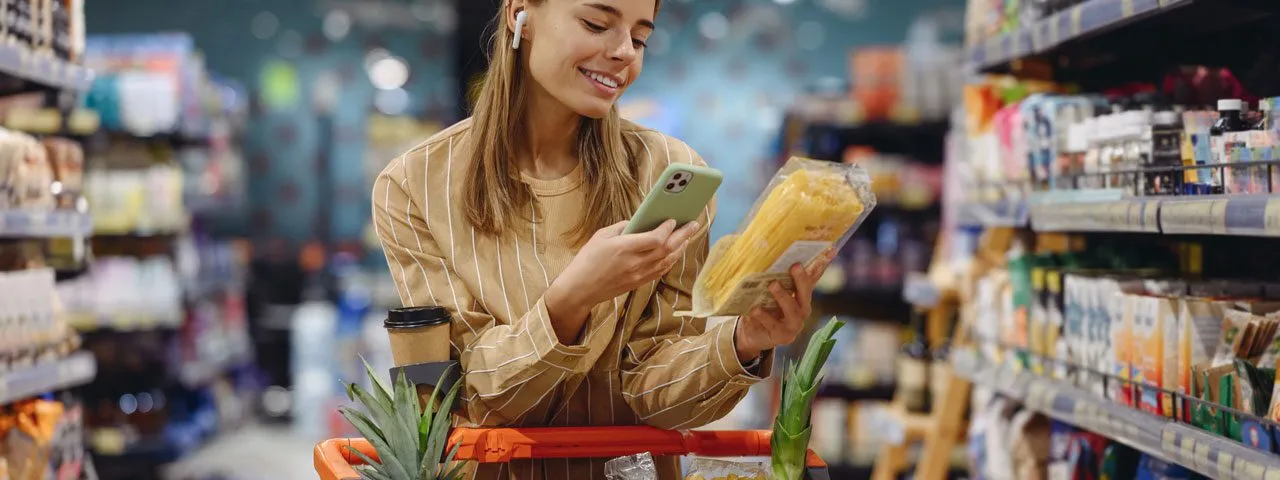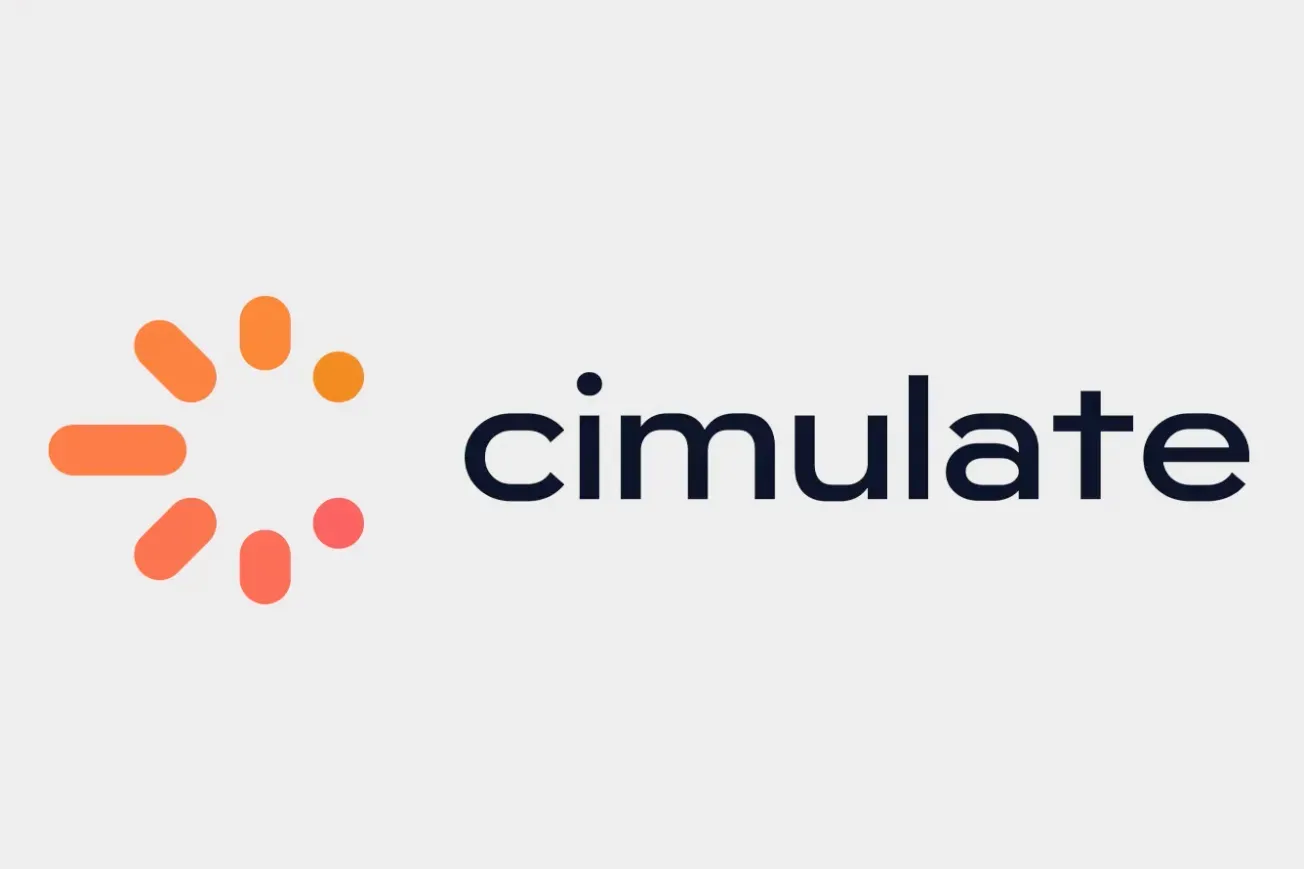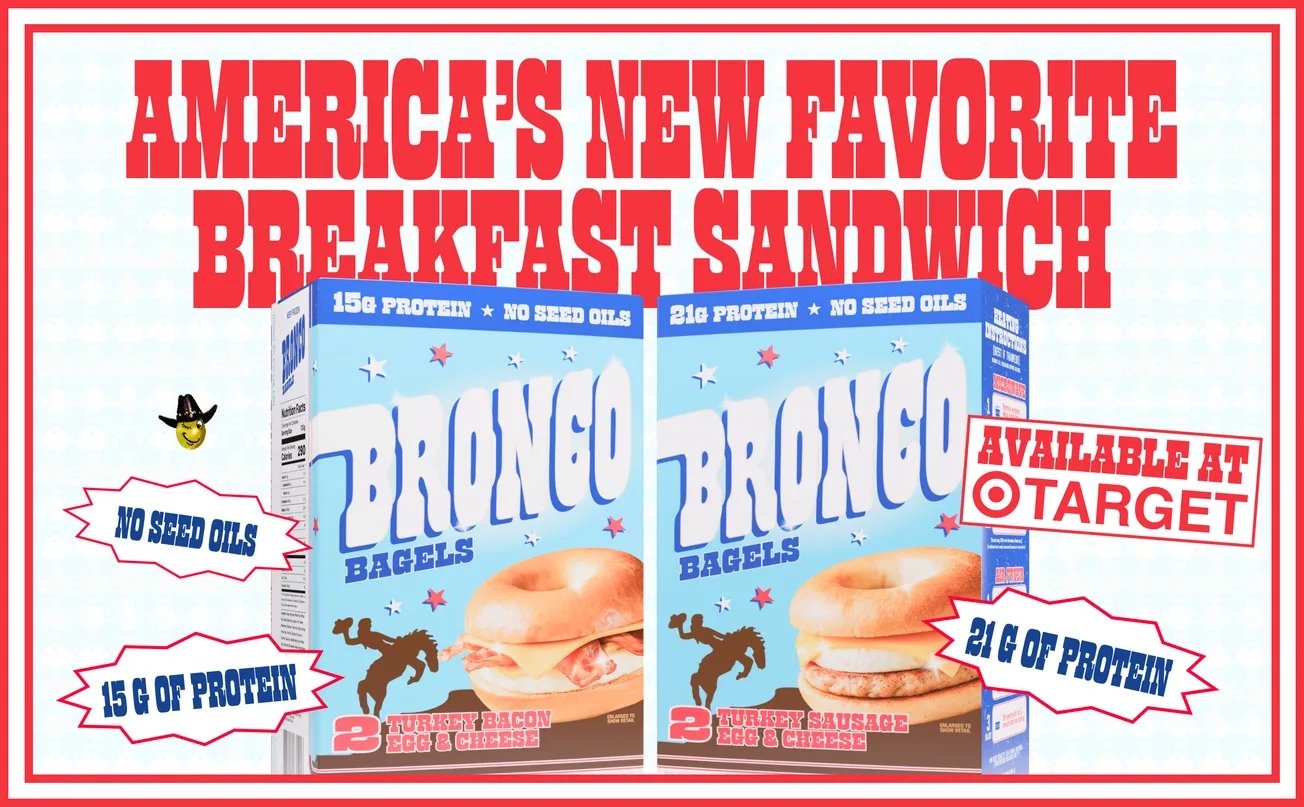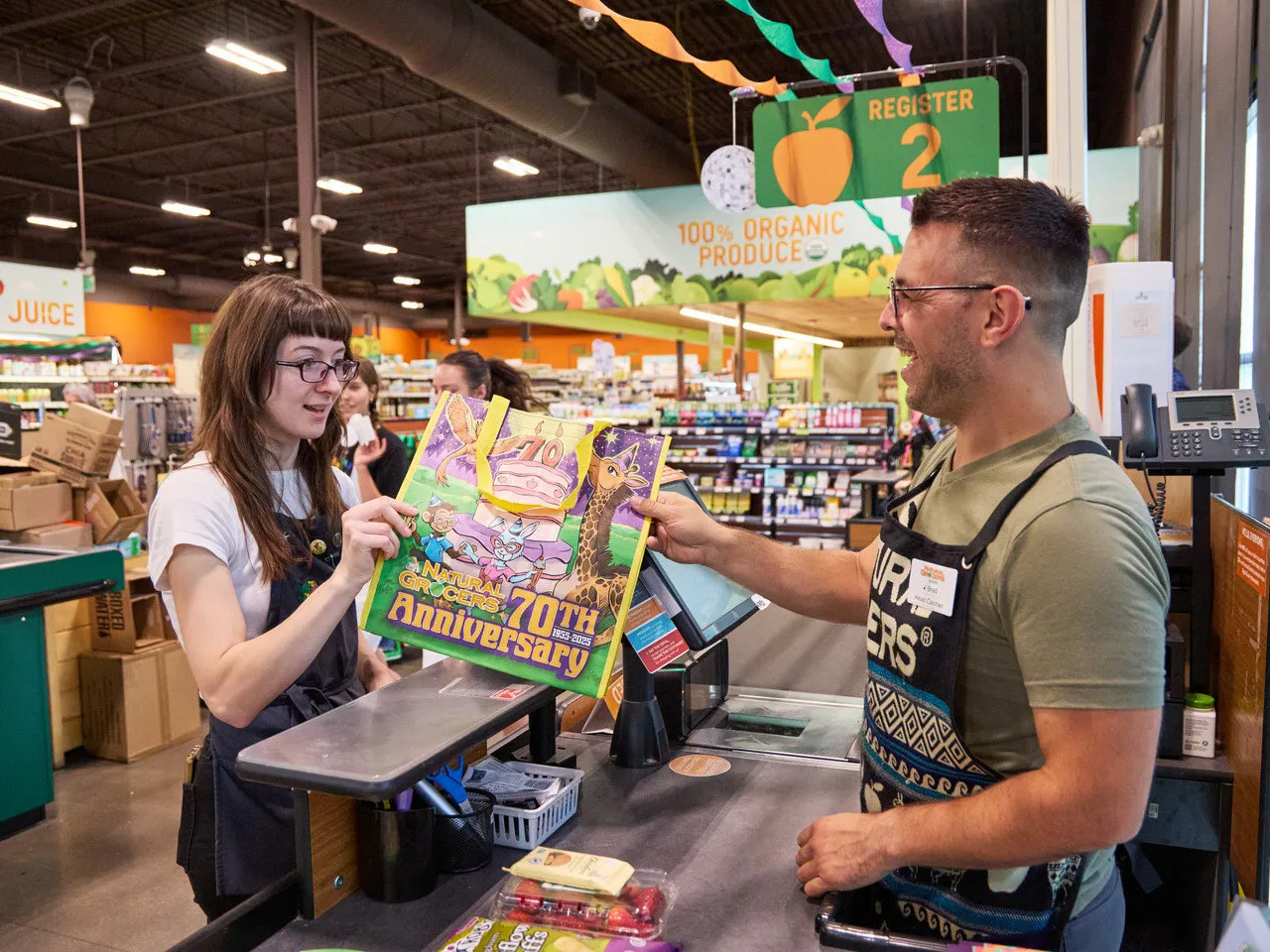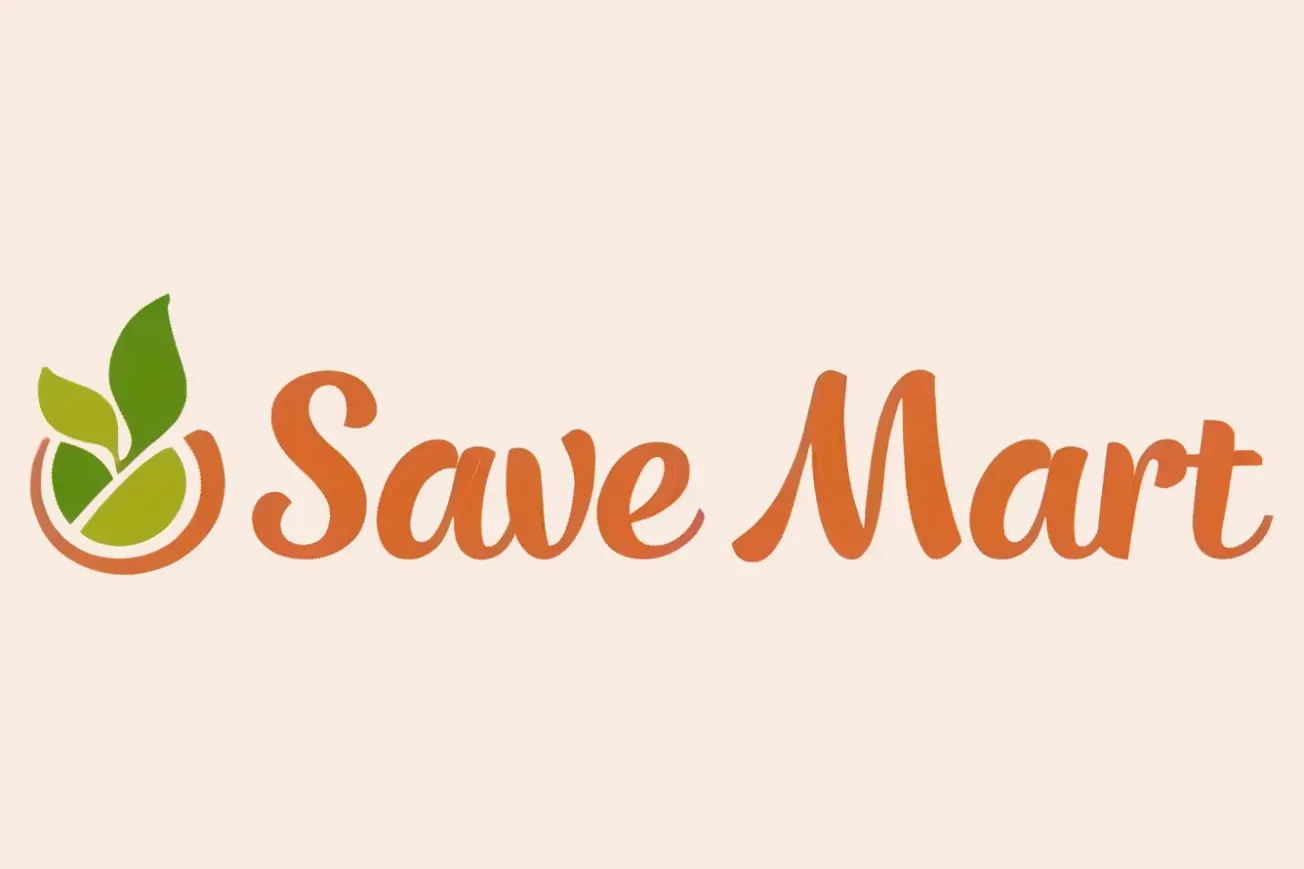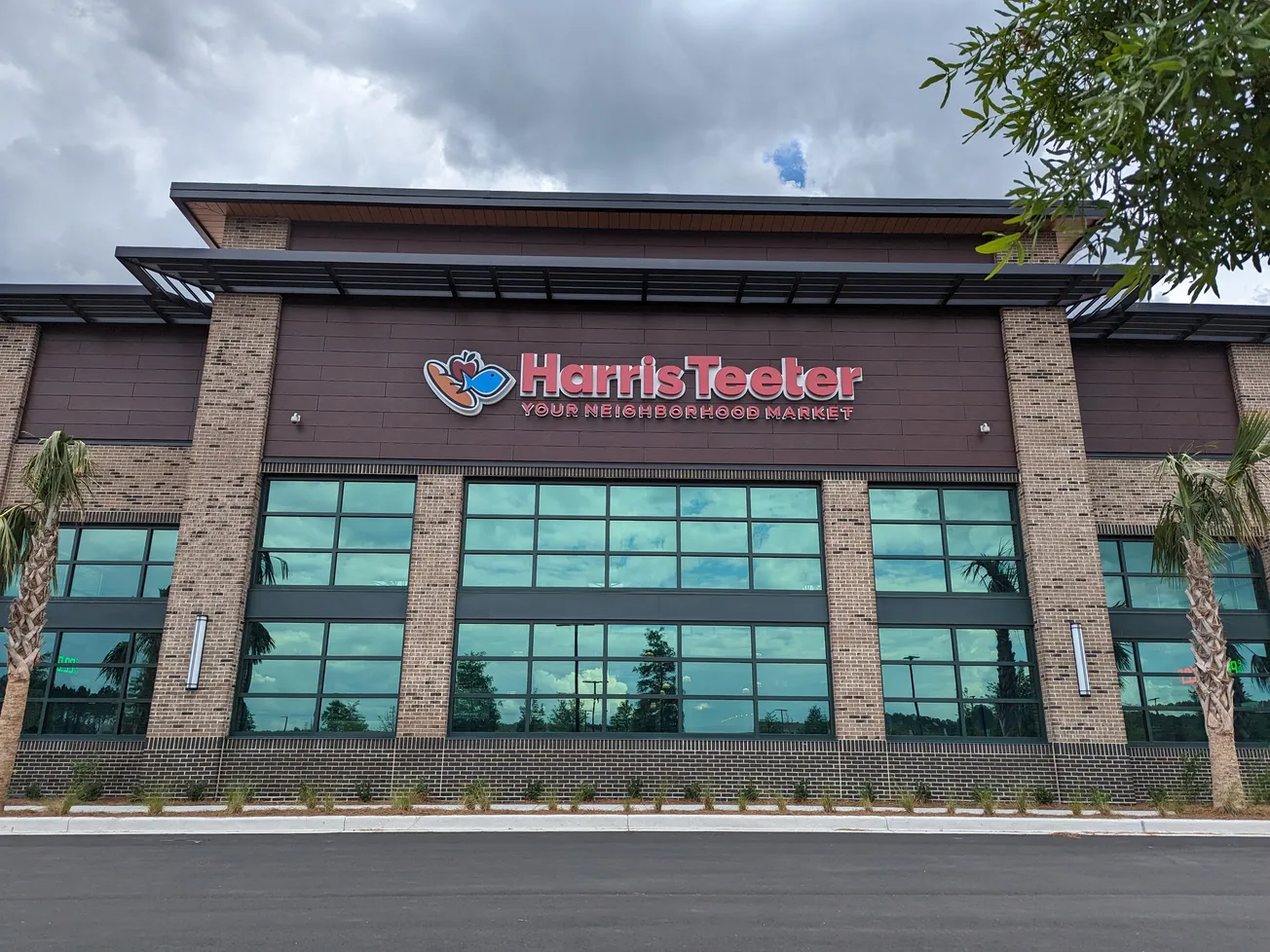EWING, N.J. — As inflation continues to weigh on household budgets, a new survey from GS1 US reveals that U.S. consumers are paying closer attention to food labels and demanding more transparency at the grocery store. The study found that 33% of adults expect food prices to rise this summer, and another 47% expect them to stay the same. A combined 80% of consumers feel little to no relief from persistent grocery inflation.
In response, 76% of shoppers said they want more product information to make better purchasing decisions, with 71% reporting that they are now reading food labels more often and more carefully. Additionally, 66% of respondents said they would scan a QR code on food packaging to access detailed information such as ingredients, freshness, nutritional content, and shelf life.
“Shopping behaviors are shifting, and consumers are scrutinizing products and labels more than ever at the point of purchase to ensure they align with their preferences and budgets,” said Bob Carpenter, president and CEO of GS1 US. “Consumers want more transparency, and our digital world can provide real-time access to the information they seek. QR codes powered by GS1 are emerging on product packaging to help shoppers retrieve more-trusted real-time product details via a smartphone scan —supporting smarter, more confident decisions at the shelf.”
To meet this demand, GS1 US is helping to lead an industrywide transition from the traditional UPC barcode to advanced QR codes powered by GS1. These smarter barcodes link physical products to a digital twin, enabling consumers to scan with their smartphones for instant access to brand-verified details like allergen information, origin, synthetic dye disclosures, and storage tips. These new QR codes still work at point-of-sale systems and are set to be accepted widely by 2027 as part of GS1’s Sunrise 2027 initiative.
Beyond consumer transparency, QR codes offer additional benefits for the food industry, including streamlined packaging, automated discounting, recall support, and waste reduction by flagging expiring items.
“While the impetus for the transition to QR codes powered by GS1 is to support consumer information needs, industry is also envisioning many other benefits. This includes streamlining crowded packaging labels, helping facilitate recalled items, automating discounts on demand and preventing expiring products from being sold. The use cases for QR codes on packaging are vast and continue to evolve,” Carpenter added.
As inflation remains a top concern, adopting smarter food labeling and product transparency tools is expected to play a growing role in how Americans shop and eat.
For more information about the way QR codes powered by GS1 are changing the way consumers eat, shop and live, visit www.gs1us.org/smarter. For more information about GS1 US, visit www.gs1us.org.


